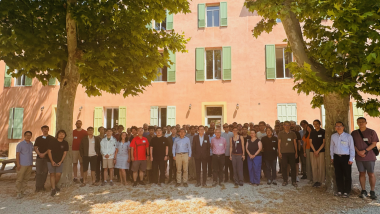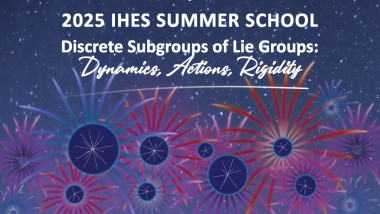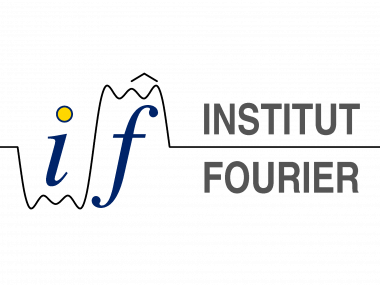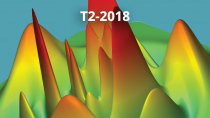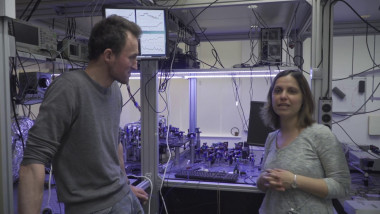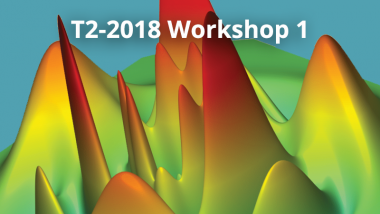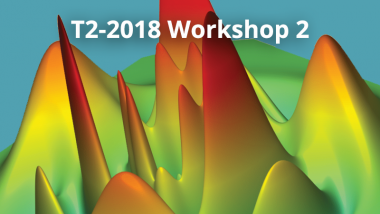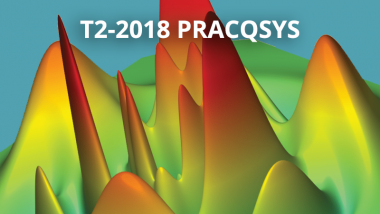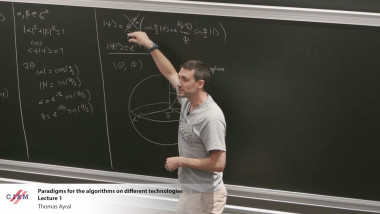Measurement based unitary designs and some applications
Also appears in collection : 2018 - T2 - WS2 - Quantum control and feedback: foundations and applications
Measurement based unitary designs and some applications - D. Markham - Workshop 2 - CEB T2 2018
Sampling unitaries uniformly from the Haar measure has many applications across quantum information and quantum physics, including benchmarking, private channels, modelling thermalisation, photonics and even black hole physics. However, this is known to be prohibitively expensive. This spurred the use of pseudorandom ensembles of unitaries, which can be implemented more efficiently. Notably so called't-designs' are ensembles of unitaries which mimic the Haar distribution up to order t on their statistical moments.
In recent work we have developed schemes for sampling t-designs in the measurement based setup. These schemes require building an initial entangled stage (a graph state), followed by single qubit measurements at prescribed fixed angles. No classical random input is needed, nor feed-forward. As well as arguable practical advantages (not requiring reconfiguration of experimental set up according to some random choice), we have discovered new t-designs and new, regular constructions of efficient designs related to universal graph states for measurement based quantum computation.
We will discuss application of our results for benchmarking, approaches to thermalisation and demonstration of quantum computational advantage.

